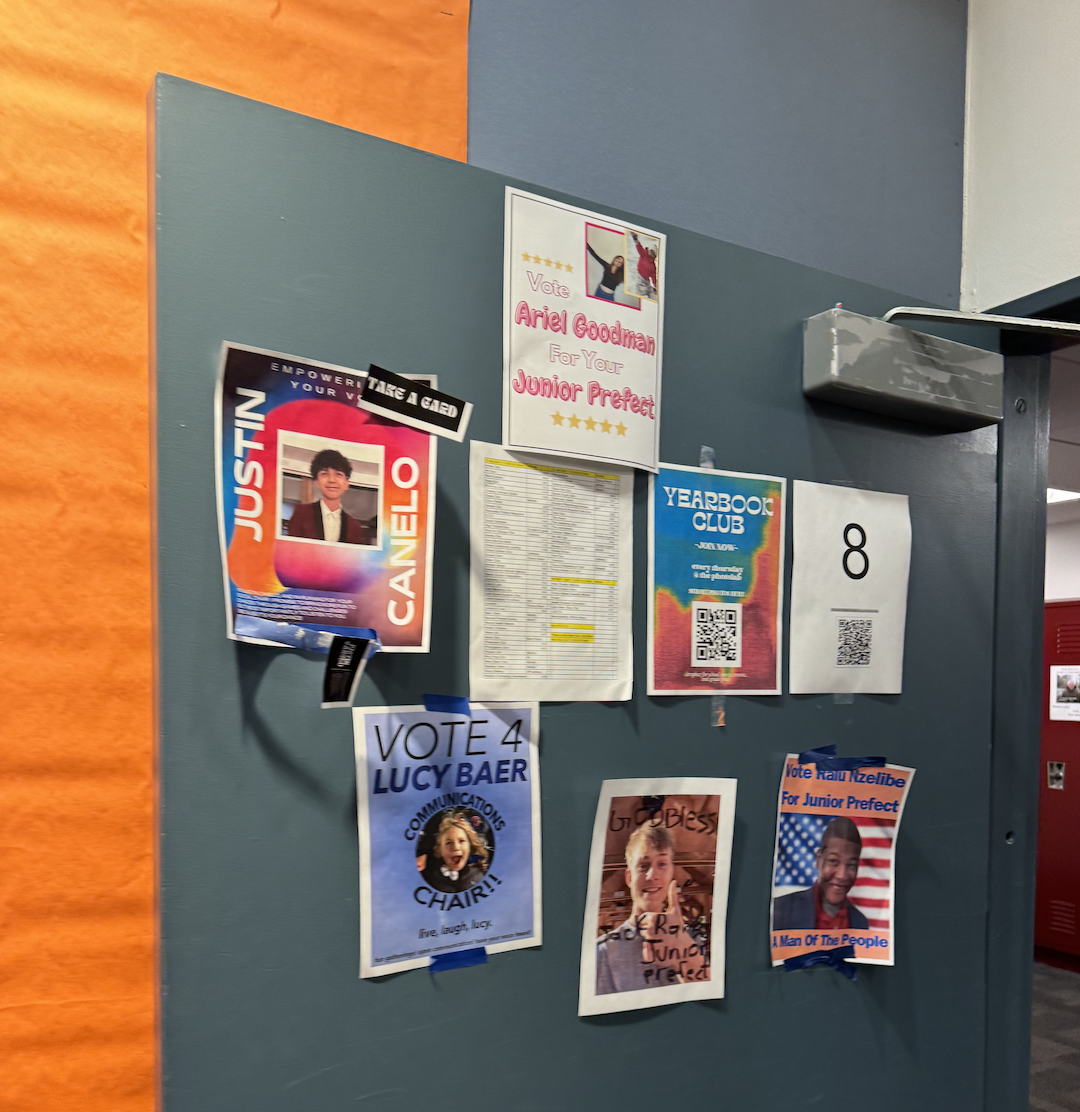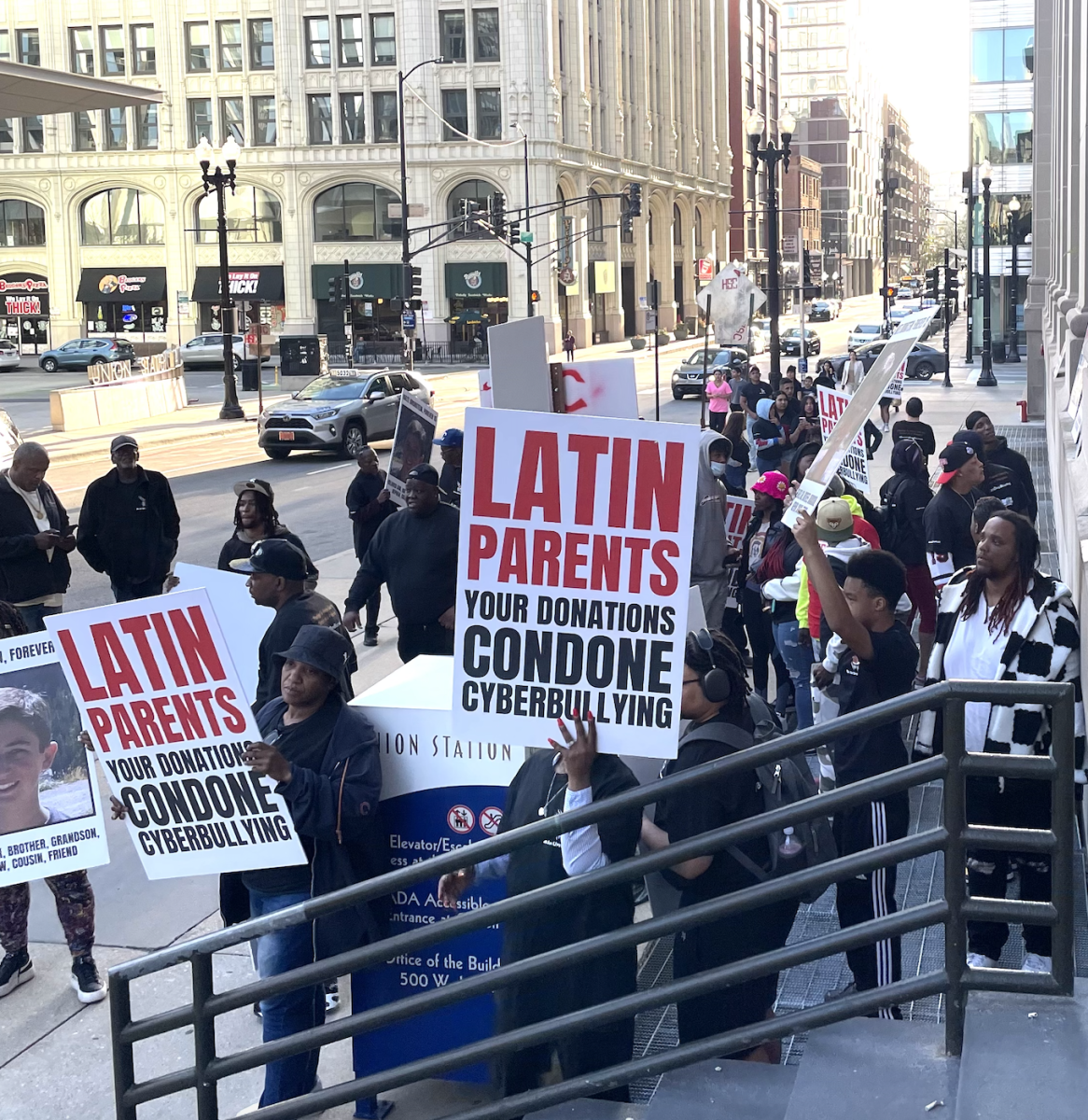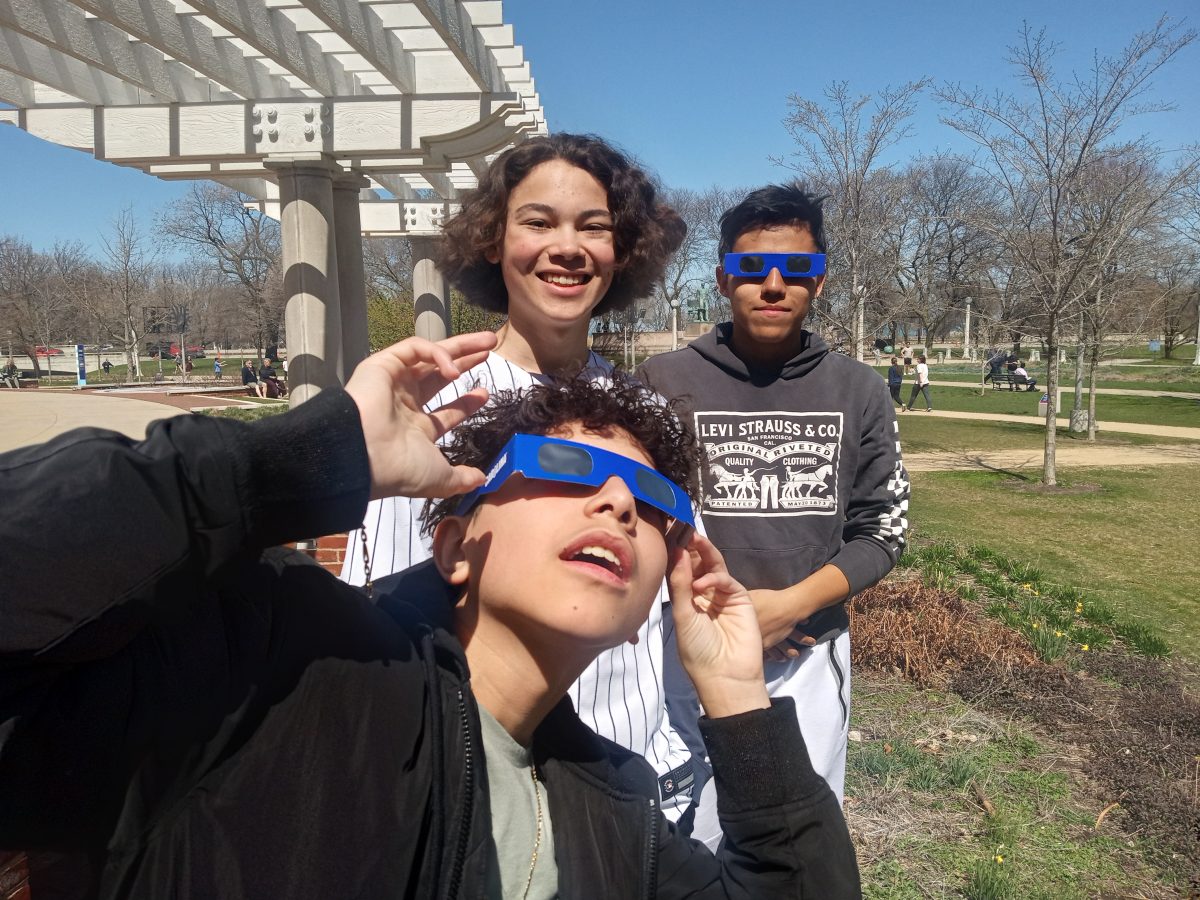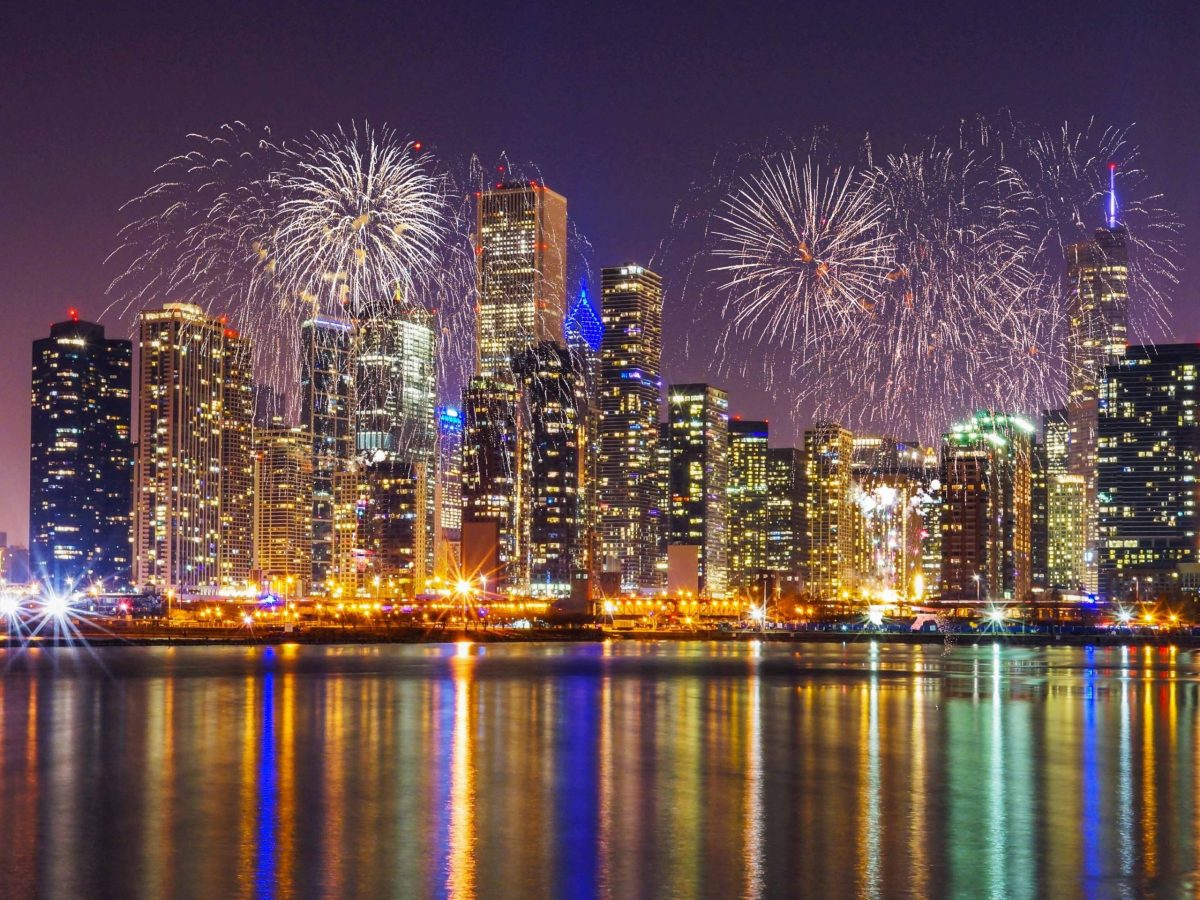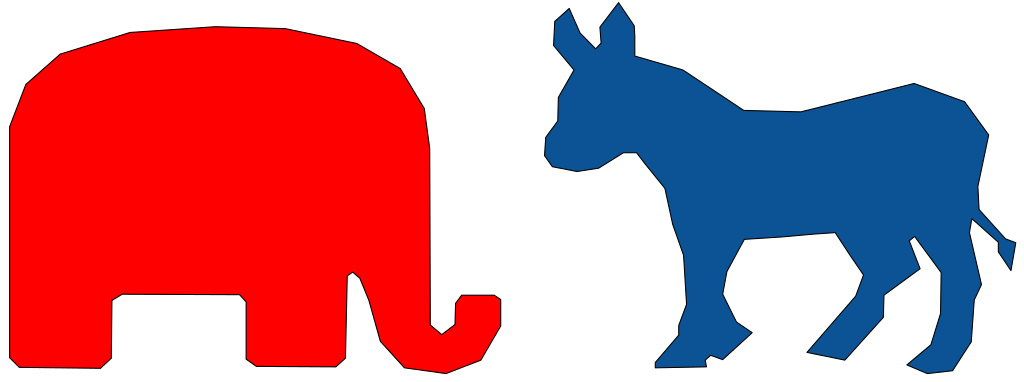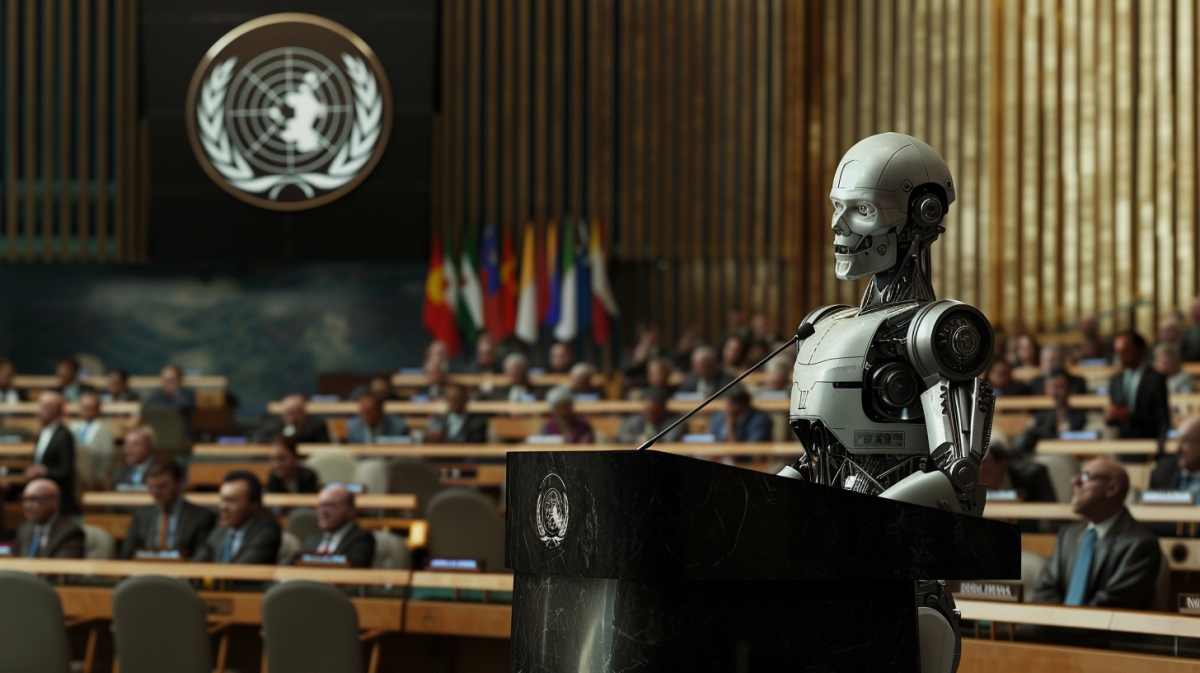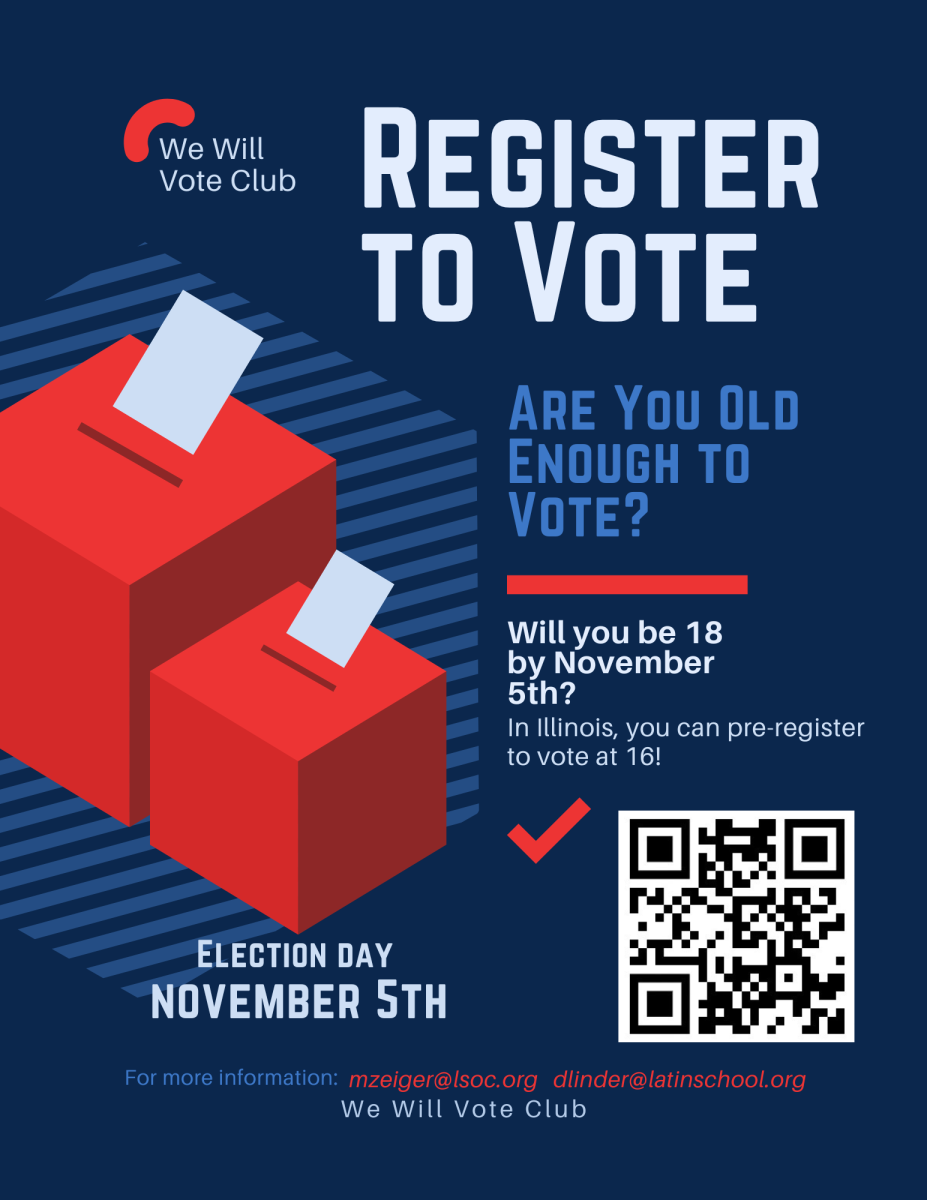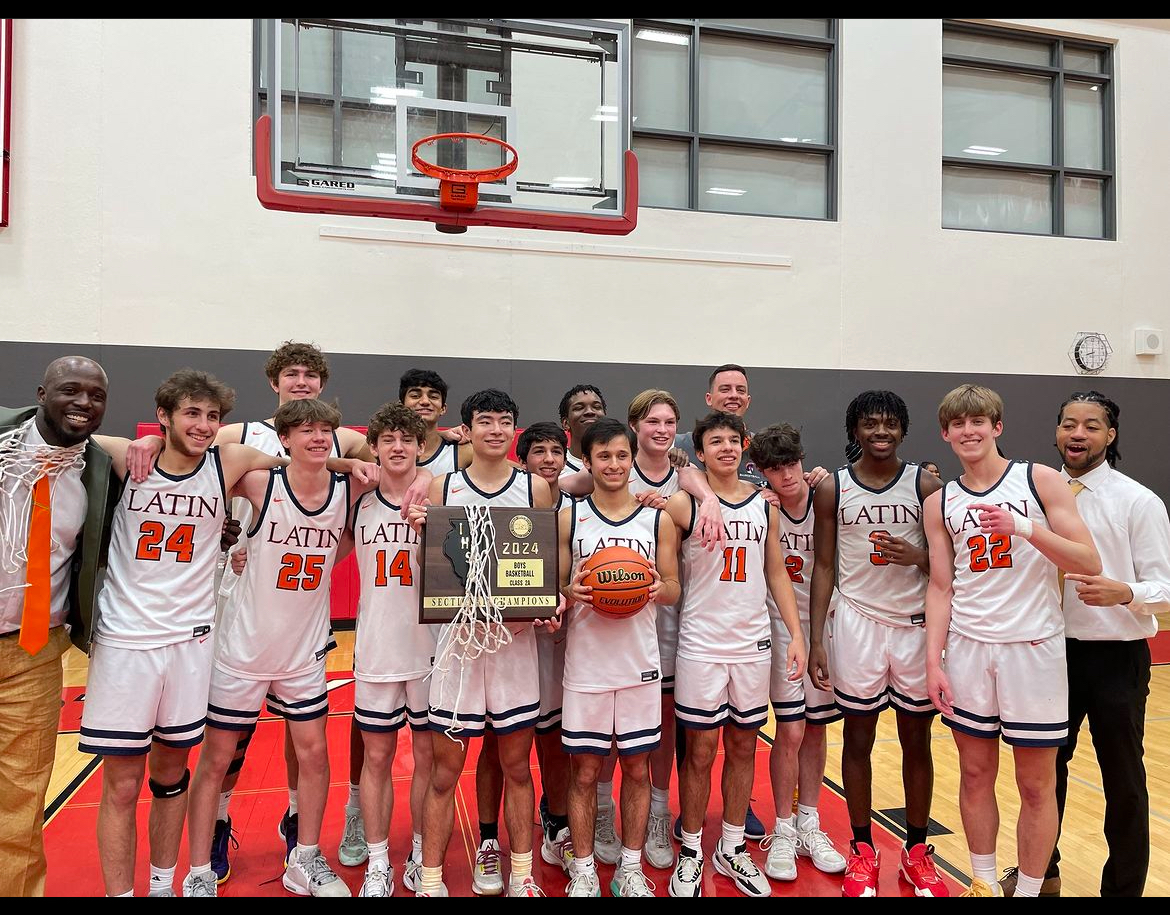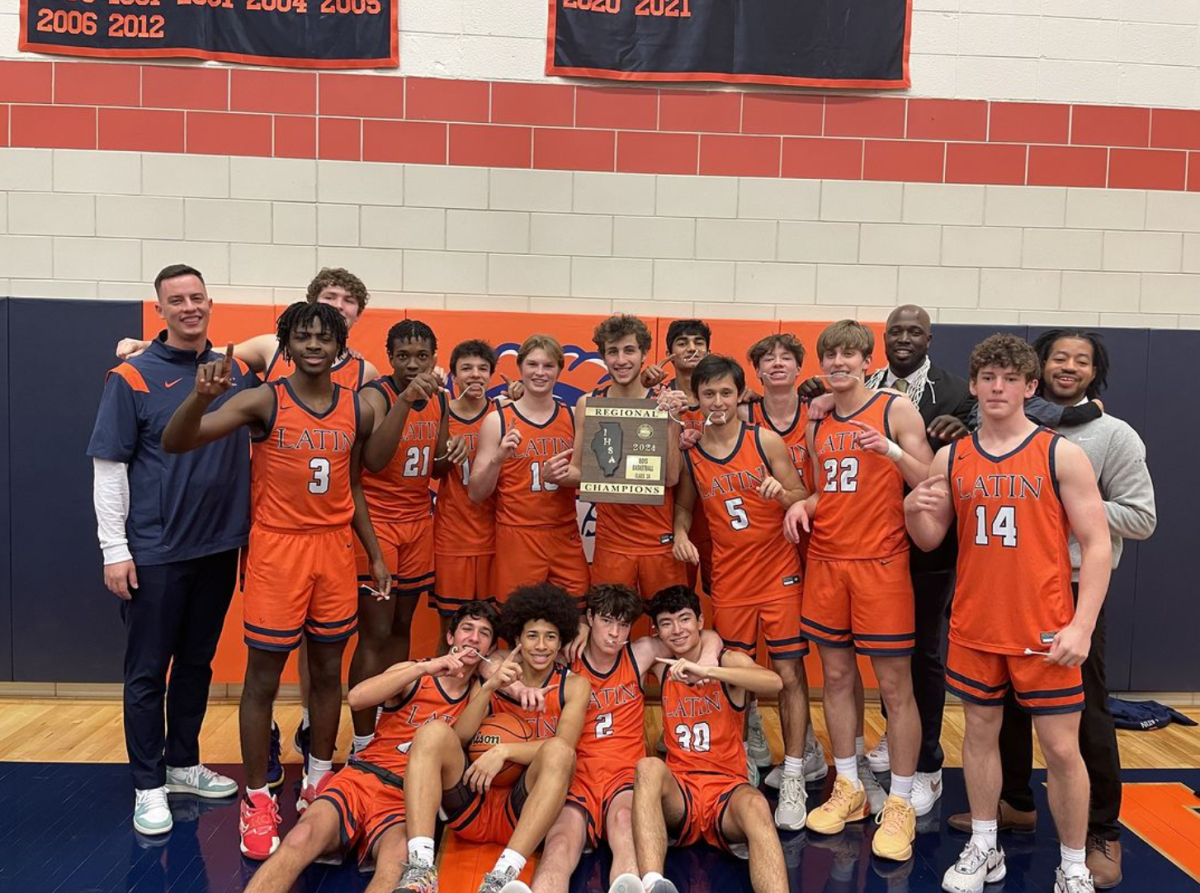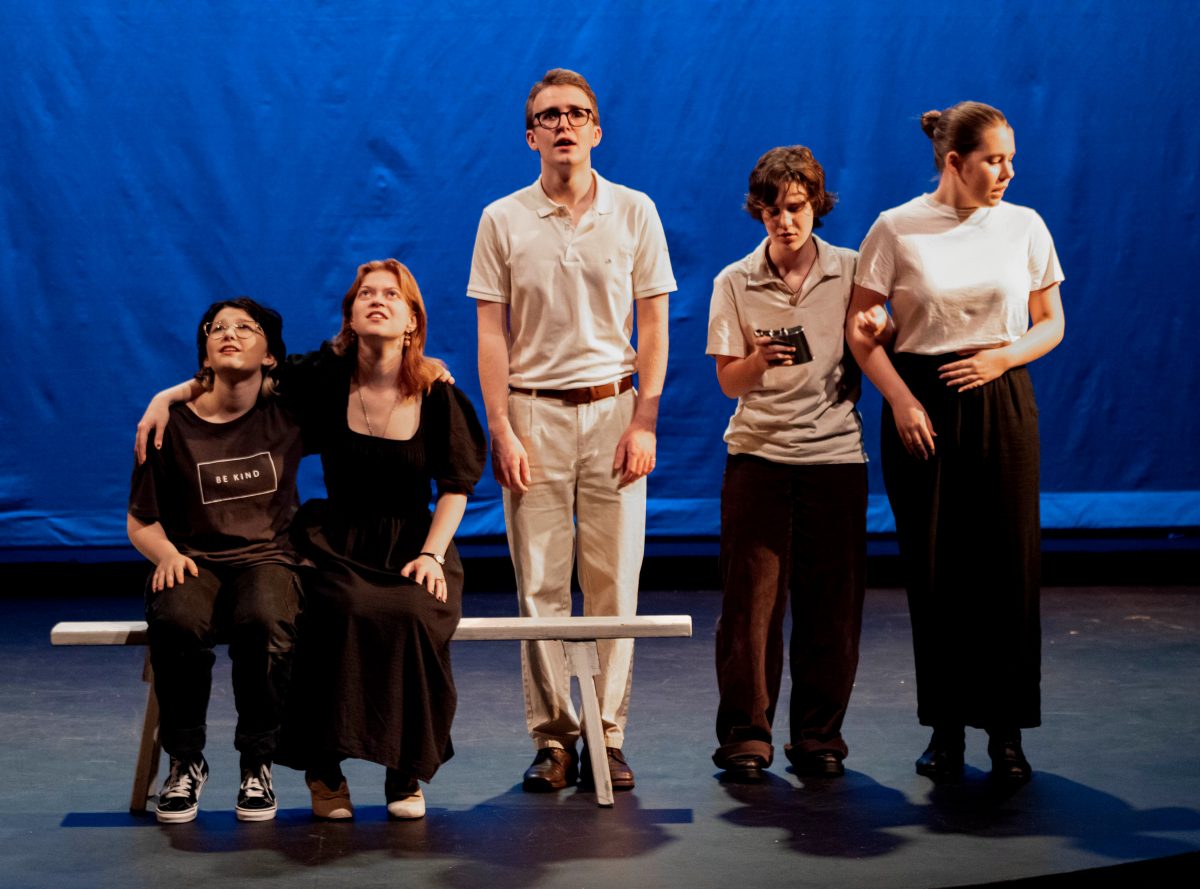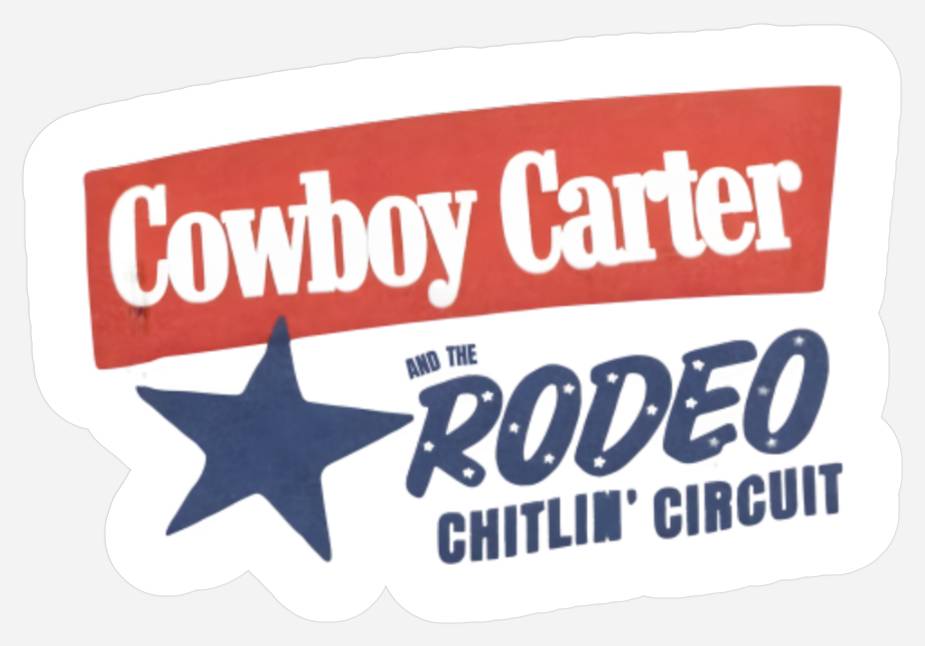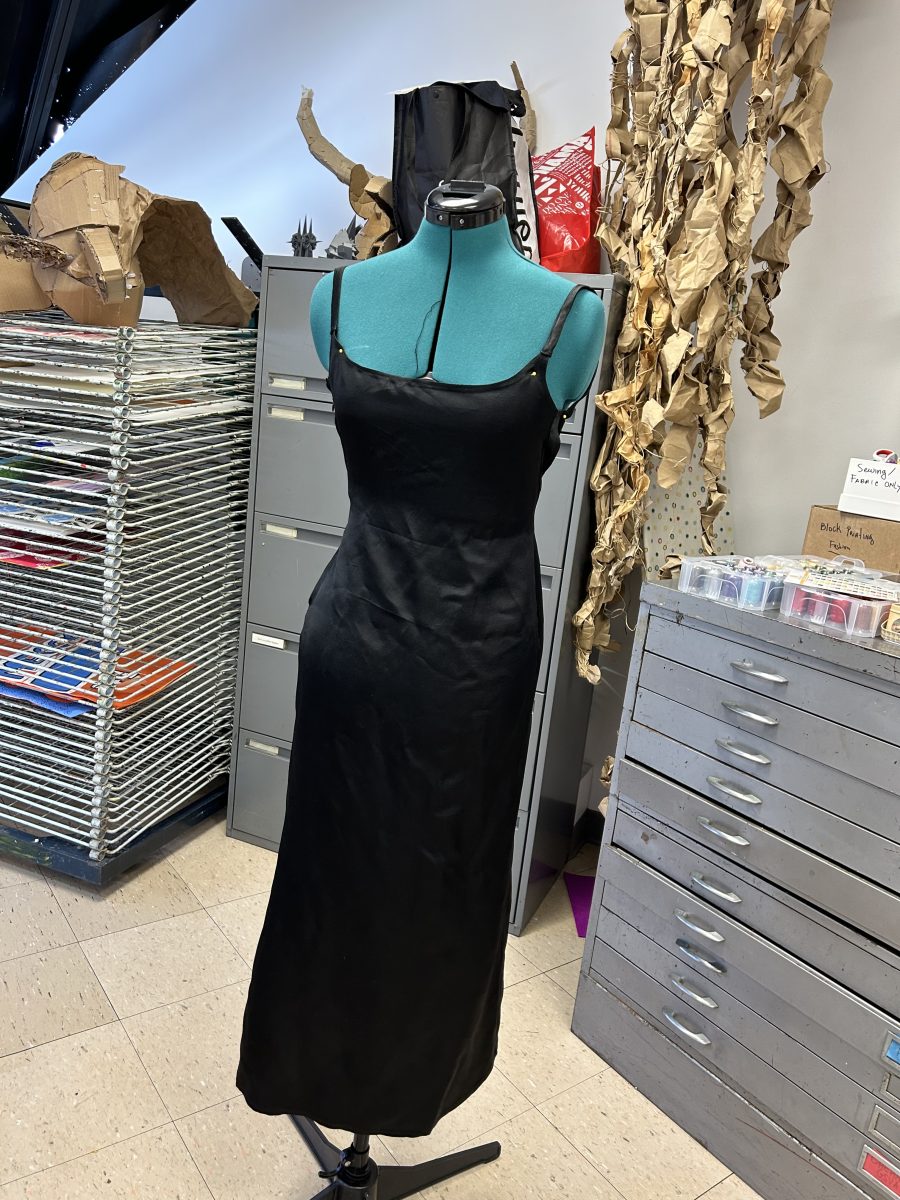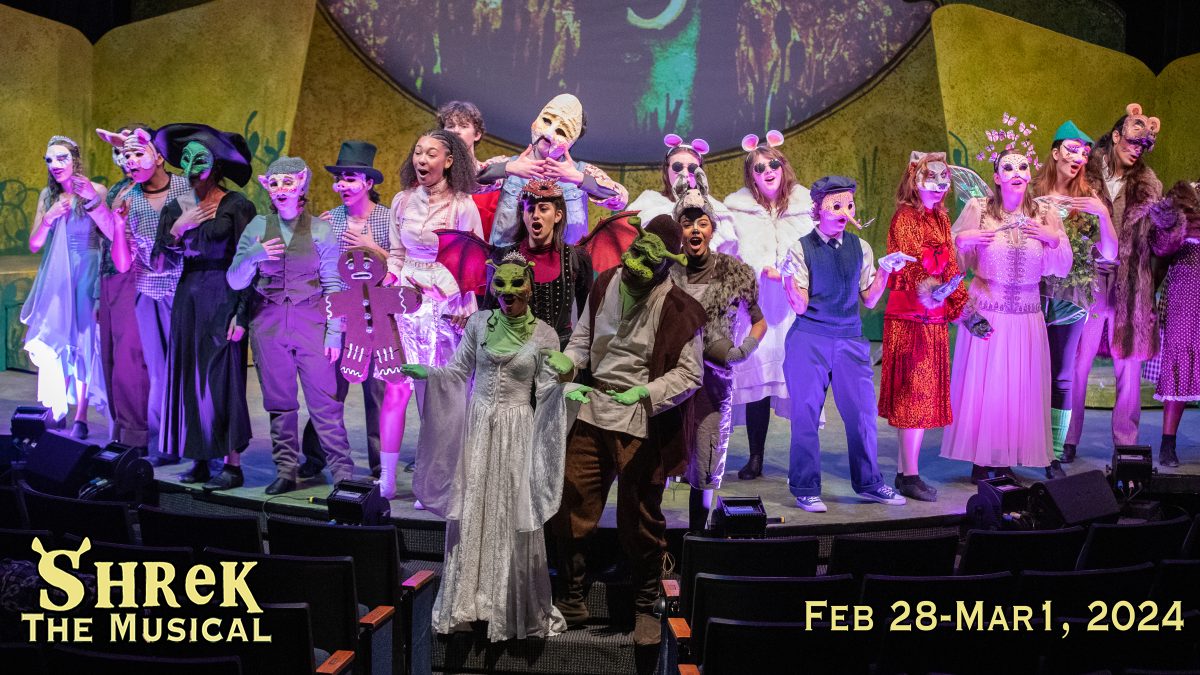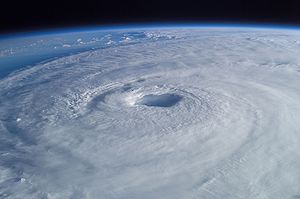Freddi Mitchell A storm is considered a hurricane only once its wind speeds exceed 75 mph, however, storms can be named once they qualify as a tropical storm, having wind speeds between 39 mph and 73 mph. Contrastingly, typhoons are actually the same as hurricanes—save for the fact that they’ve formed in the western Pacific Ocean. Unlike tornadoes, which usually last less than ten minutes, hurricanes can last longer than a week. There are numerous reasons that hurricanes are given human names. Not only is a human name easier to remember than meteorological jargon, but there are sometimes simultaneous hurricanes taking place at once, so naming them helps to avoid confusion. I surveyed 7 people to see how they thought hurricanes are named and only three out of seven were partially or fully correct. Some responses were, “I don’t know” and they get them from “the people that spot them”. In the 18th and 19th centuries, some storms were named for the geographic locations they hit, but today there is a strict naming procedure set forth by the World Meteorological Organization (WMO). Every six years, the WMO writes six lists of names, each list 21 names long, to use for the following six years. Each list is alphabetical, but leaves out the letters Q, U, X, Y, Z because there are fewer names that begin with these letters. If there are less than 21 hurricanes, the list goes back to A the next year, but if there are more than 21 hurricanes, hurricane 22 is named using the next year’s list. The only change that is made to these lists of hurricane names is the occasional retirement of a name. This is done when a hurricane causes so much death and destruction that reuse of the same name would be insensitive to the people who suffered losses. In those cases, a new one will be chosen at the WMO’s annual meeting. When the the alphabetical naming system began in 1953, it used only female names. It’s not surprising, unfortunately, that today we can infer the political insults that ensued; people frequently made jokes about how hurricanes and women were both hard to predict, as the encyclopedia of Hurricanes, Typhoons, and Cyclones put it. According to an article in Time Magazine, in March 1970, activist Roxcy Bolton wrote a letter to the National Hurricane Center in Miami asking officials to stop giving hurricanes female names because it “‘‘reflects and creates an extremely derogatory attitude toward women,’ who ‘deeply resent being arbitrarily associated with disaster.’ The letter also pointed to a dictionary definition of hurricane as ‘evil spirit’ to help back up its point.” Bolton also later “visited the National Hurricane Center in Miami, and told weather experts that storms should also be called ‘himicanes.’” Thanks to the work of Roxcy Bolton, the National Organization for Women (NOW) that she worked with, and other feminist activists, the first hurricane given a male name hit the Gulf Coast region on July 11, 1979 and was named “Bob.” The naming system today currently alternates between male and female hurricane names. ]]>

